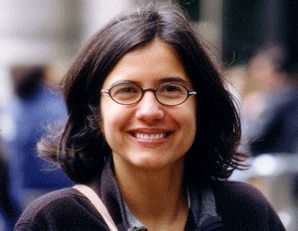

What are the genetic processes that drive evolution? With training that began in her native Colombia, then continued in Panama and the United States, UC Merced Natural Sciences professor Mónica Medina is equipped to examine evolution at the molecular level using genomic techniques, and she applies her knowledge to marine creatures with fascinating results.
In one project, Medina studies the evolution of shell loss in sea hares, a colorful variety of sea slug. “Shell loss has happened multiple times in parallel,” she explained. “If we can determine which genes and developmental pathways were involved, we can see whether the same process happened in each instance, or whether different processes accomplished the same change.”
Medina also studies the symbiotic relationship of Caribbean Sea corals and dinoflagellate algae, seeking genetic clues to what might make that symbiosis break down. But to study the organisms, she has to cultivate them in the lab - no easy task.
Once a year, the corals release eggs and sperm into the water. “We collect gametes from one species three to four days after the August full moon at about 7 p.m., and from another species a couple of days later at about midnight,” Medina said. “It’s a stressful week at the height of hurricane season, and we’ve been hit twice.” Back in the lab, Medina rears coral larvae, then introduces the desired algal strain. The larvae survive only about three weeks, but during that time Medina can gather information. She is studying differentially expressed genes in symbiotic tissues so that she can then study them in unhealthy, bleached corals.
Fortunately, computers and robotic equipment speed the work, examining thousands of genes simultaneously to identify differences in gene expression. Medina has maintained ties with her former employer, the nearby Joint Genome Institute at Lawrence Berkeley National Laboratory, and is participating in developing the UC Merced Genome Center, a donor-funded core lab featuring the microarray and sequencing equipment she will need.
“It’s fortunate, because my research does not deal with more frequently studied model organisms such as humans or mice,” she said. “So I can have some input into a facility that will serve mainstream research needs but also be adaptable for more specific requirements.”






